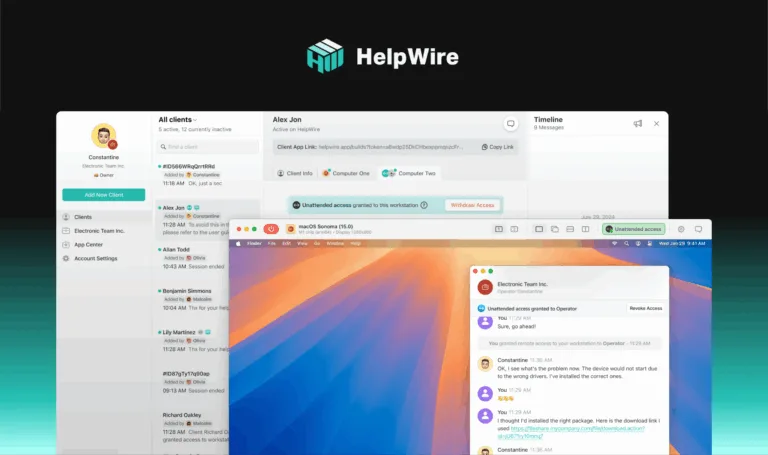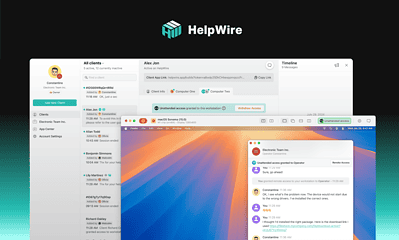Sponsored
The future of higher education: Flexibility, technology, and growth
Say hello to flexible online degrees, personalized learning, and innovative educational apps.

Just a heads up, if you buy something through our links, we may get a small share of the sale. It’s one of the ways we keep the lights on here. Click here for more.
Higher education is undergoing a profound transformation, with technology serving as the driving force behind this change.
From advanced learning management systems (LMSs) to artificial intelligence (AI) and interactive apps, digital tools are reshaping how students and institutions approach teaching and learning.
At the heart of this evolution is the ability to offer online degrees, providing learners with the freedom to pursue education on their own terms while leveraging cutting-edge technology.
Technology as the backbone of flexible learning
Ed-tech platforms and LMSs are no longer optional, they are the backbone of modern higher education. These systems allow universities to organize courses, monitor student progress, and provide interactive learning environments that rival in-person classrooms.
Without them, the rise of flexible online degrees would not have been possible, as they provide the structure and accessibility that today’s students expect.
The role of AI in personalized education
Artificial intelligence is pushing flexibility further by tailoring the student experience.
AI-driven tools can analyze performance data, recommend targeted resources, and adjust course material to match individual learning speeds.
This personalization ensures that flexible degrees don’t just offer convenience, but also quality, helping students stay engaged, motivated, and better prepared for career outcomes.
Expanding access through educational apps
Beyond the classroom, educational apps are making it easier for students to stay connected and engaged in their learning.
These tools extend education beyond fixed schedules, offering flexibility that is essential for modern learners. Some standout categories include:
- Collaboration Tools – Platforms like Microsoft Teams and Slack allow students to work together on projects, mirroring real-world communication.
- Virtual Lecture Apps – Zoom and Google Meet power live discussions and office hours for students pursuing online degrees.
- Study & Productivity Apps – Apps such as Notion and Evernote help learners manage assignments and track progress efficiently.
- Language & Skill Development Tools – Duolingo and Coursera provide extra opportunities for expanding knowledge outside, core curricula.
By integrating these apps, institutions create an environment where education adapts to students’ lives, rather than the other way around.
Growth fueled by innovation
The growth of higher education’s digital future is being accelerated by investment in new technology, universities are increasingly turning to:
- Cloud-Based LMSs – Platforms like Canvas and Moodle streamline course delivery and support large-scale online learning.
- AI-Powered Learning Platforms – Tools such as Squirrel AI or Knewton personalize learning paths, making flexible online degrees more adaptive to individual needs.
- Data-Driven Student Success Systems – Platforms like Blackboard Analytics track student performance to improve retention and graduation outcomes.
- Skill-Building Marketplaces – LinkedIn Learning and edX allow universities to partner with global providers and expand their digital offerings.
These innovations don’t just support growth; they reshape higher education by making it more responsive to global workforce needs.
Looking ahead: A technology-driven future
The future of higher education will be shaped by continued advancements in technology.
Institutions that embrace AI, robust LMSs, and innovative apps will lead the way in delivering flexible degrees that combine accessibility with academic excellence.
Far from replacing traditional education, technology is enhancing it, making learning more dynamic, inclusive, and responsive to a rapidly changing world.
Have any thoughts on this? Drop us a line below in the comments, or carry the discussion to our Twitter or Facebook.
Editors’ Recommendations:
Disclosure: This is a sponsored post. However, our opinions, reviews, and other editorial content are not influenced by the sponsorship and remain objective.




































